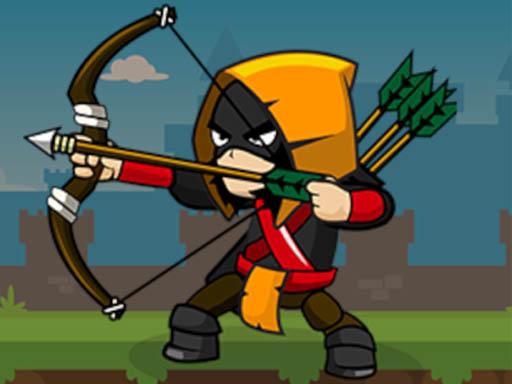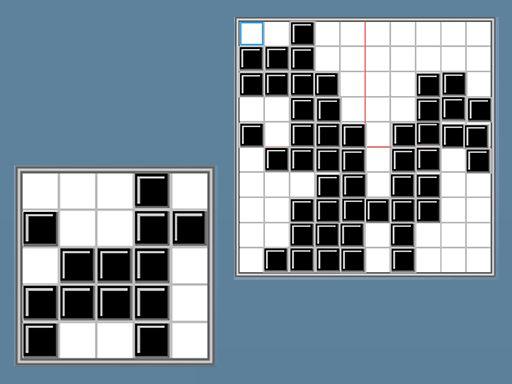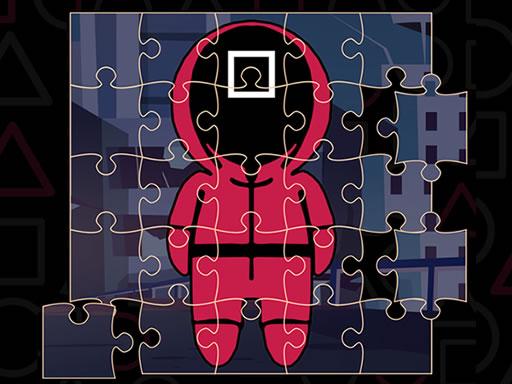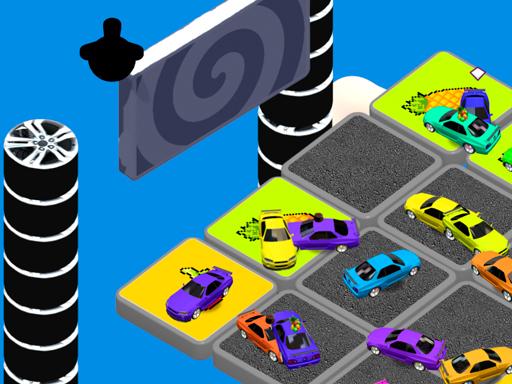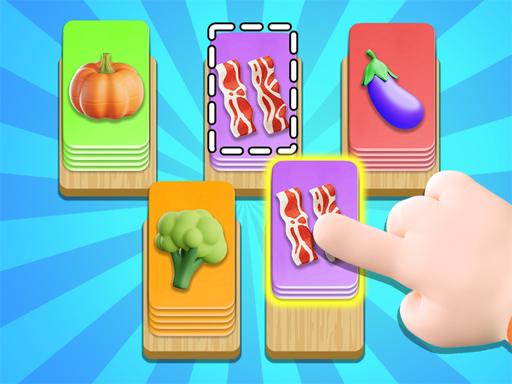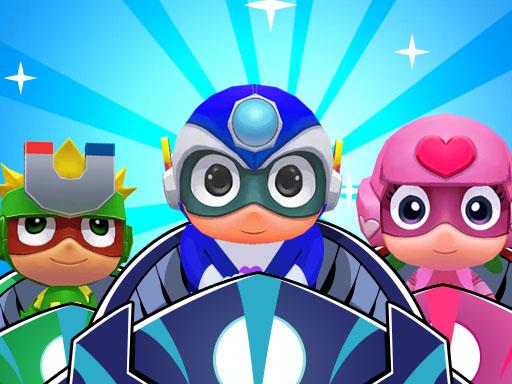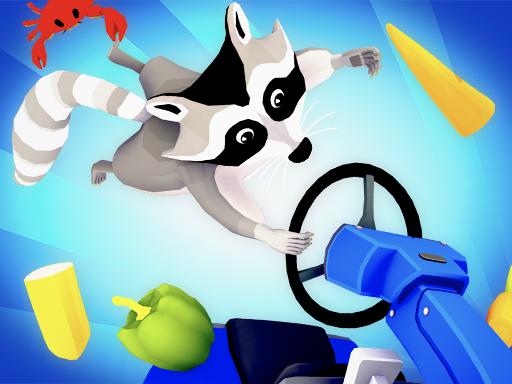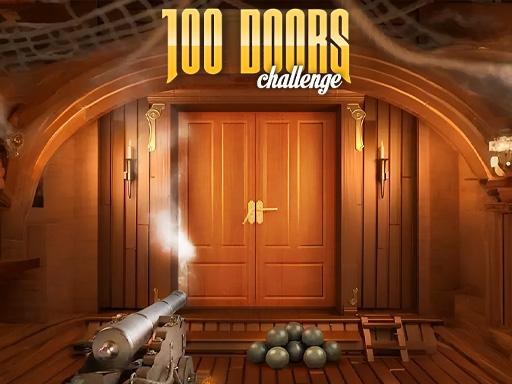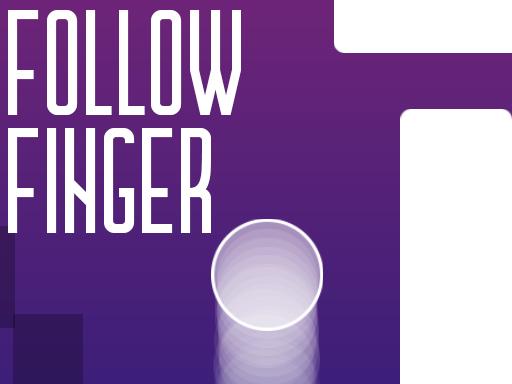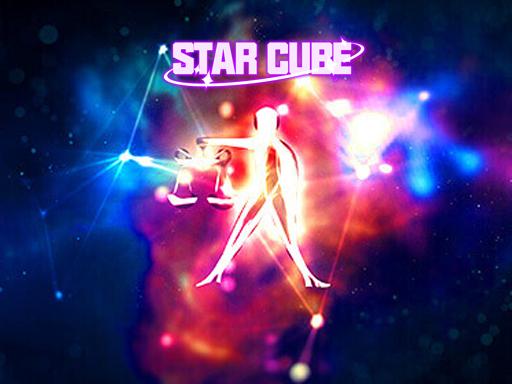Introduction to Unlocking in Games
Unlocking in video games refers to the process of making new content available, either by completing certain challenges, progressing through the game, or achieving specific goals. It is a common feature in both single-player and multiplayer games, and it serves to enhance the gameplay experience by offering rewards, such as new levels, characters, skins, abilities, and other in-game items. Unlocking content can be tied to player progression or require a certain level of skill to achieve, providing a sense of accomplishment and further engagement with the game.
In most modern games, unlocking is used as a tool to keep players motivated, adding layers of depth and replayability. It can also encourage exploration, experimentation, and dedication as players work towards unlocking all the game’s content.
How Unlocking Works in Games
- Unlocking New Levels or Worlds
- In many adventure or puzzle games, players unlock new levels, worlds, or environments by progressing through the game or completing specific tasks. For example, in platformers, new levels may only become available after you successfully complete a set of levels or defeat a boss. This creates a sense of progression and excitement as players unlock the next area to explore.
- Unlocking a new world might also introduce new mechanics, enemies, or challenges, making each unlocked area feel fresh and exciting.
- Unlocking Characters or Heroes
- Many games, particularly fighting or role-playing games (RPGs), allow players to unlock new characters or heroes as they progress. These characters often have unique abilities or stats that differentiate them from the starting character, adding variety and strategic depth to the game.
- Unlocking characters may be tied to player achievements, such as completing a certain number of missions, defeating specific enemies, or reaching a certain level. In multiplayer games, unlocked characters can offer competitive advantages, motivating players to continue playing.
- Unlocking Items, Skins, and Cosmetics
- Unlockable items, such as skins, costumes, and cosmetic upgrades, are popular in many games, especially in the multiplayer and competitive genres. These cosmetics don’t affect gameplay directly but provide players with a way to personalize their characters or in-game appearance.
- Many games feature “loot boxes” or “packs” where players can unlock items randomly, or they may unlock skins by achieving specific milestones, such as completing challenges or winning matches.
- Unlocking Abilities, Powers, or Equipment
- Some games, particularly RPGs and action-adventure games, allow players to unlock new abilities, powers, or equipment as they progress through the game. These unlocks are often essential for making the character stronger or for gaining access to previously inaccessible areas or challenges.
- Abilities can be unlocked by gaining experience points (XP), leveling up, or defeating powerful enemies, while equipment can include weapons, armor, and other useful tools.
- Unlocking Achievements or Trophies
- Many games feature an achievement or trophy system that rewards players for reaching specific milestones. These may include in-game accomplishments such as defeating a certain number of enemies, completing a particular level without dying, or exploring all corners of the game world. Unlocking achievements provides a sense of personal accomplishment and is often shared with others in the gaming community, especially with friends or through online platforms like Steam or PlayStation Network.
- Achievements can sometimes be tied to unlockable content, where achieving certain milestones unlocks new abilities, characters, or levels.
- Unlocking Story Content or Endings
- In narrative-driven games, unlocking can refer to accessing different story paths or alternate endings. Depending on the player’s decisions throughout the game, certain choices or actions may unlock secret cutscenes, hidden lore, or alternative endings. This type of unlocking can encourage replayability as players may want to explore all the possible outcomes.
- Time-Limited Unlocking (Seasonal or Event-Based)
- In multiplayer games, unlockable content is often tied to events or seasons. Players can unlock exclusive items, skins, or bonuses by participating in limited-time events, such as holiday celebrations, special challenges, or seasonal tournaments. This adds a sense of urgency to the game, encouraging players to log in and participate before the event ends.
- Some games, such as Fortnite or Overwatch, feature battle passes or seasonal challenges that reward players for playing during a particular season, allowing them to unlock exclusive content as they progress through the pass.
Types of Unlocking Systems
- Progression-Based Unlocking
- This is the most common type of unlocking system, where players unlock new content by progressing through the game. This could mean completing levels, missions, or main story objectives. It rewards players for continued play and success.
- Achievement-Based Unlocking
- In some games, players unlock content by achieving specific feats or completing certain tasks. These tasks can be challenging or require skill and effort. Achievements might range from completing a level without taking damage to defeating a boss under specific conditions.
- Unlockables through Currency
- Some games have an in-game currency or points system, which players can earn and spend to unlock items or content. Players may earn this currency through gameplay or purchase it with real money. In these games, unlocking content is often tied to accumulating enough of the currency or points to buy new upgrades, items, or abilities.
- Randomized Unlocking (Loot Boxes)
- Loot boxes are a form of randomized unlocking where players unlock new items, skins, or power-ups through a loot box system. These are often available in free-to-play games or games with microtransactions. Players may spend money to purchase loot boxes or earn them through in-game progress. The items in loot boxes are typically randomized, adding an element of surprise to the unlocking process.
Tips for Unlocking Content Effectively
- Focus on Achievements: If you’re looking to unlock new characters or skins, focus on achieving specific milestones or completing challenges. Pay attention to what the game asks you to do, and try to focus on unlocking content efficiently by completing these tasks.
- Explore Every Area: If unlocking new worlds or levels is your goal, take the time to explore every corner of the game world. Hidden paths, items, and areas may contain crucial unlockable content.
- Prioritize Key Upgrades: In games where you unlock abilities or equipment, prioritize upgrades that will have the most impact on your gameplay. This may help you progress faster and unlock even more content as you advance.
- Participate in Time-Limited Events: Many multiplayer games offer time-limited challenges or events that unlock exclusive content. Keep an eye out for these events, as they can provide rare items or skins that are not available year-round.
- Be Patient: In some cases, unlocking content requires patience and persistence. Rather than rushing through the game, take your time and enjoy the journey. The best rewards often come from dedication and hard work.
Conclusion
Unlocking is an essential aspect of modern gaming, offering players motivation to keep playing and discover new content. Whether it’s unlocking new characters, abilities, or entire levels, the sense of accomplishment from unlocking something new can keep players engaged and encourage replayability. From progression-based unlocking to randomized loot boxes, different unlocking systems offer various ways to enrich the player experience. So, the next time you play a game, remember that unlocking is not just about gaining rewards—it’s about enjoying the journey and discovering all the hidden gems that the game has to offer.
Instructions
Use mouse or touch the screen!
